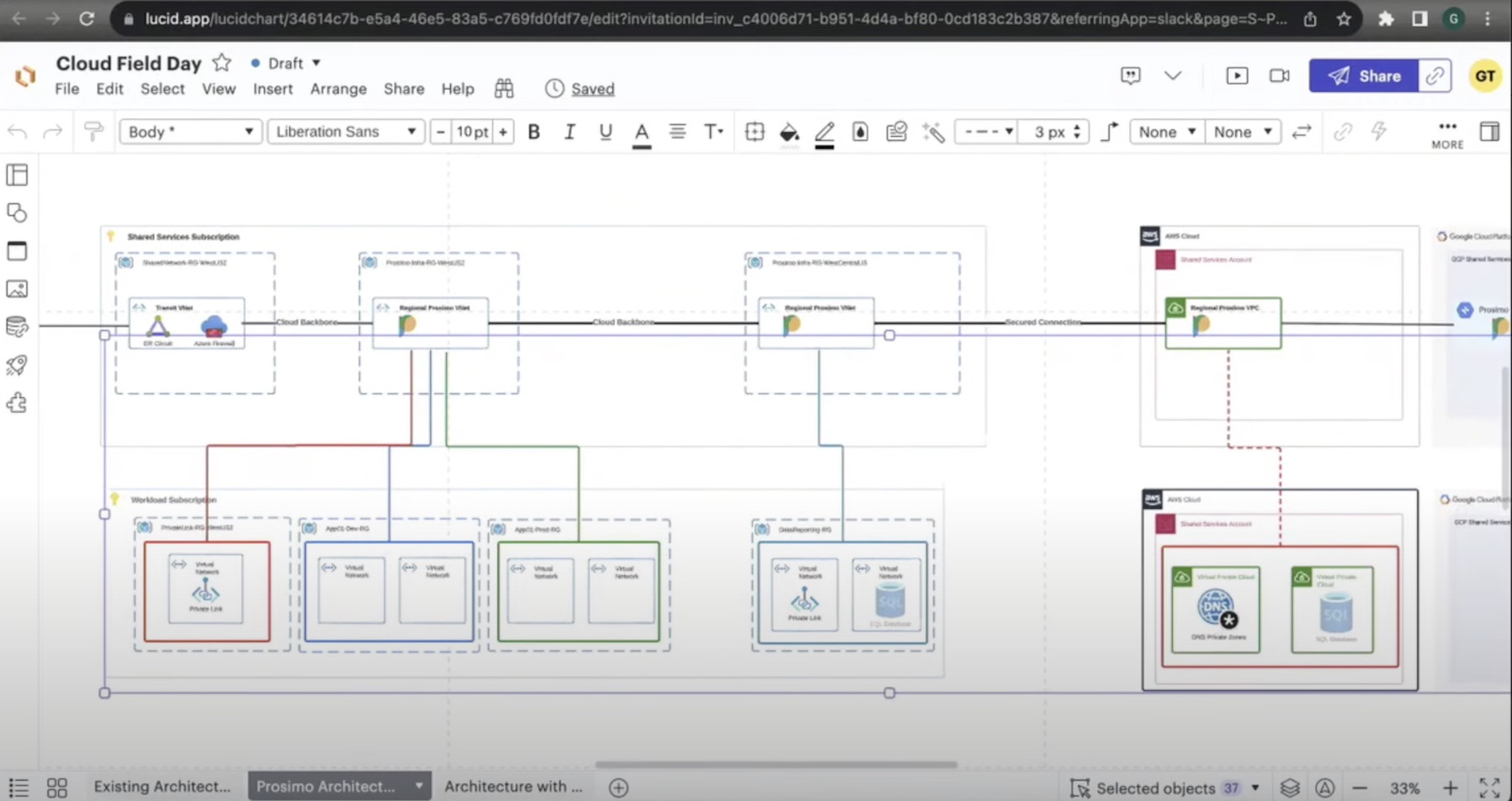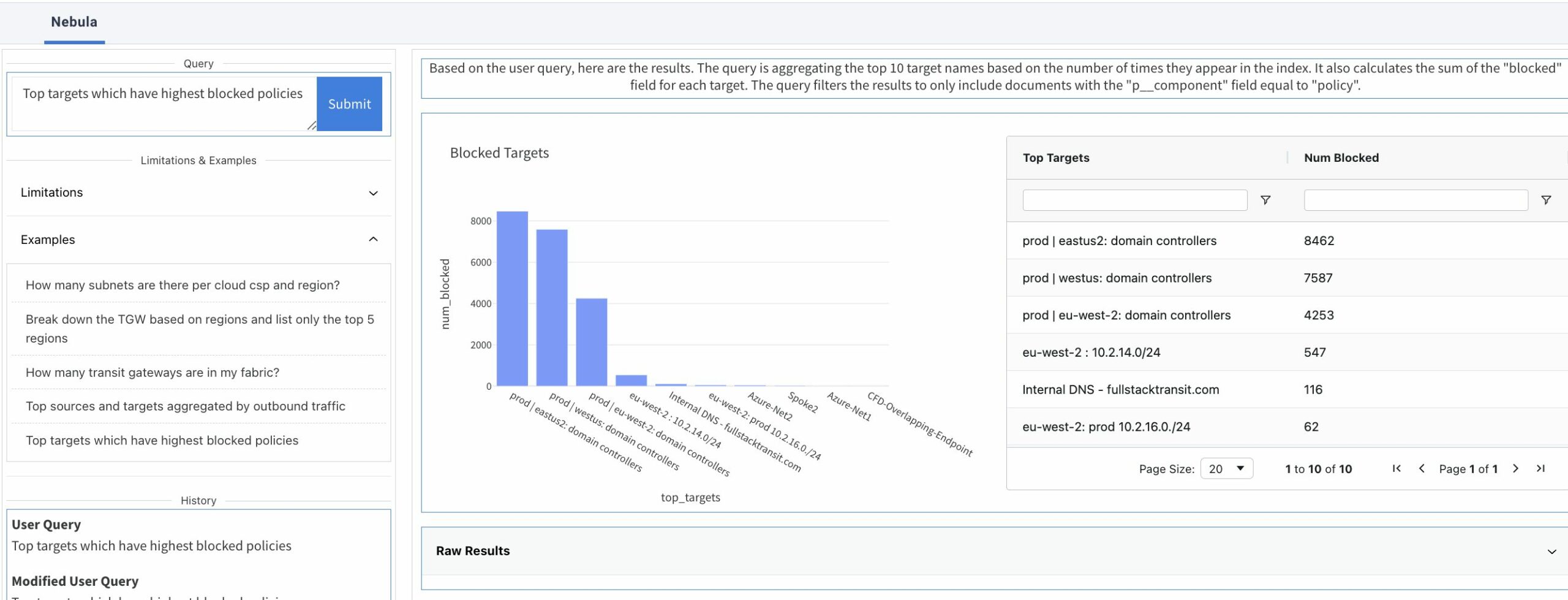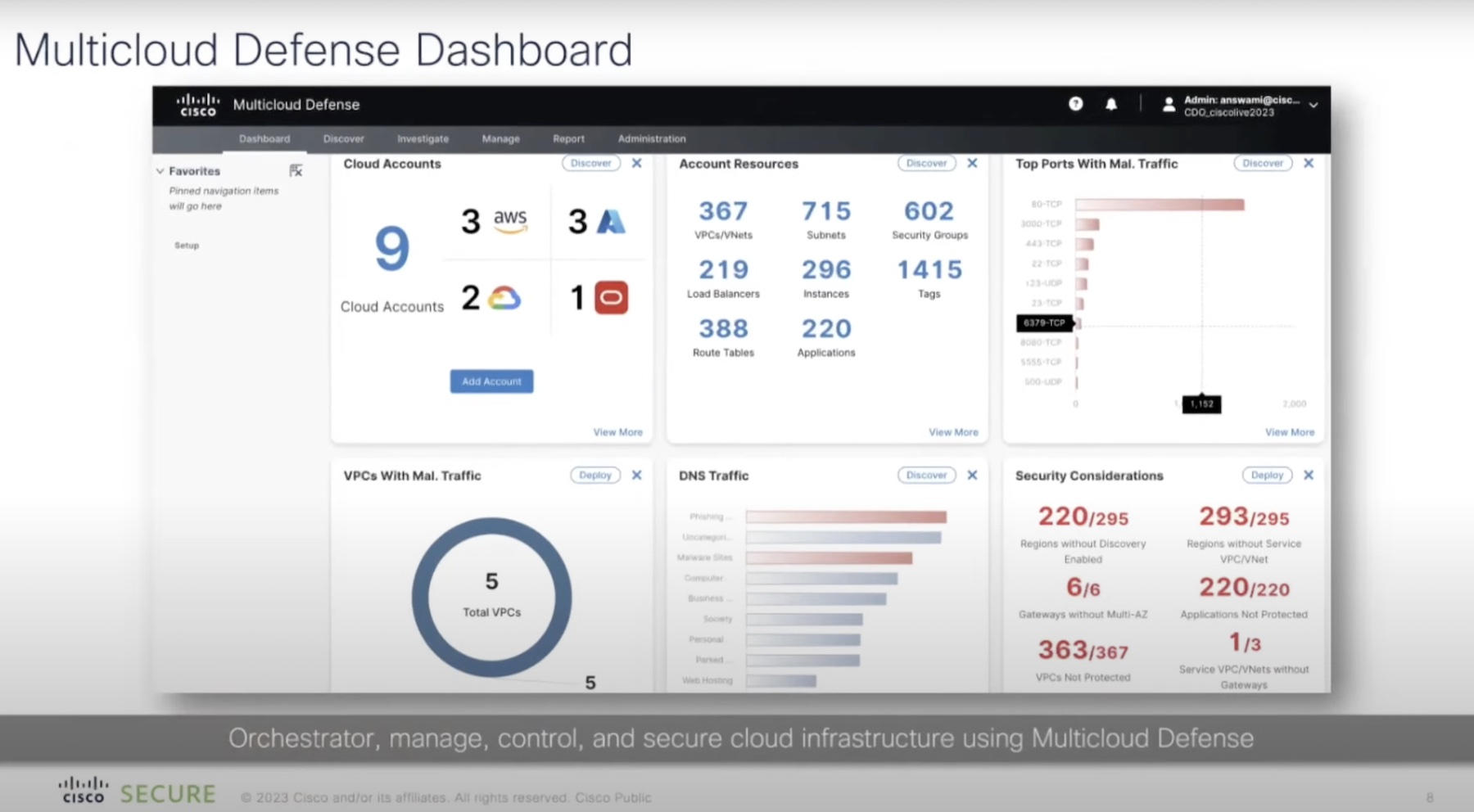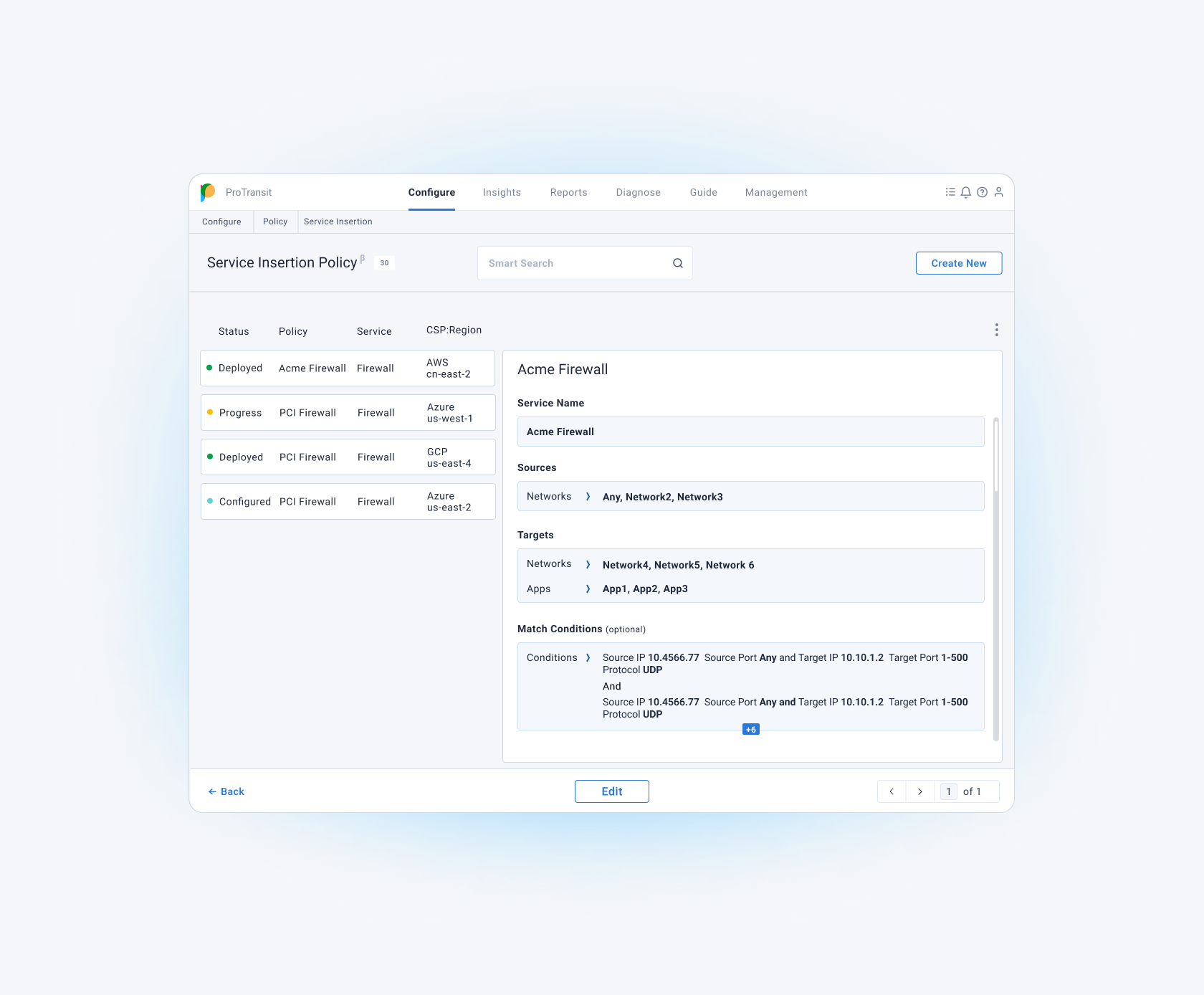When I was a kid, the greatest toy I ever got was an Erector set. I’d sit there with my screwdriver, wrench and various girders and joints, and that big motor which controlled it all. It kept me happy for hours upon hours. What most intrigued me was figuring out how things worked. How do I put this stuff together, and most effectively make it work? Even more importantly, how do I make it work better?
Multi-Cloud is like that. The consideration of networking, as it relates to multi-cloud brings an intense level of complexity to this. The concept of multi-cloud is without a doubt the big question facing IT management today. There have been challenges in adopting and migrating applications to the cloud in general. The next hurdle, however, is adapting the dynamic to a multi-cloud world. Applications rely on storage, networking, and user-connectivity. The migration of these apps to another provider, another region, or even back to the home environment will surely turn many of these considerations into stumbling blocks.

Are you considering a multi-cloud strategy? Possibly, your organization is toying with containers and your goal is to assist the organization in this journey. It’s truly a fair proposition. The networking puzzle alone can be so intimidating that moving in this direction can feel daunting and can lead to some insurmountable challenges.
The ultimate goal is to be able to place an application where it is best positioned to serve the customer (your users). Performance, consistency, and cost are all the areas to work on, and that can be best done by putting that infrastructure in place in whichever cloud makes the most sense for all issues. Placing it once is easy enough. Migrating it to a new architecture, and all the networking involved is where the challenge lies.
But the industry is here to help! Many of these problems are making way for some very interesting approaches for not only creating solutions, but in many cases even automating the process. And these solutions are coming from a number of vendors, bringing forth a spectrum of unique solutions.
Prosimo Solves That Erector Set Approach
At Cloud Field Day in November, Ramesh Prabagaran, Co-Founder and CEO of Prosimo, presented the company’s approach to Autonomous Multi-Cloud Networking. This presentation outlined underlying challenges of multi-cloud networking and how Prosimo’s approach helps overcome them.
Prosimo accomplishes the two-way cloud transit by using a gateway appliance. The migration of the app from locale to locale, service provider to service provider, or even region to region is achieved in a manner of cache coherency. To me, this feels similar to the approach some companies used to have, in what became the vPlex appliance. In the Prosimo infrastructure, all routing, connectivity, etc., take place on their own and none of this legwork needs to be done by the administrator.

After the initial setup of the application, networking, routing, access control, DNS mapping and other functions start to happen. The AXI platform creates a secure tunnel, and the transport between all three of the major cloud providers: Amazon Web Services, Microsoft Azure, and Google Cloud Platform. The importance of the automation here cannot be understated. Nuances exist, and documentation can easily miss key steps. With a fully fleshed out discovery, no place for errors remains.
Once the source and the targets are in place, a simple migration is triggered. Another key feature to this is that the AXI target takes into account any of the oddities of the target infrastructure. It’ll not necessarily correct them but make recommendations for the users to check. The key to this is the intelligence of the AXI which takes into account the type of application set that is being migrated. It can make nuanced recommendations based on the application set, the target infrastructure, the security requirements, etc. Is it a one-button function? Well, it just may be.
Solving the Problem of the Multi-Cloud Erector Set
Setting up an application in the cloud is not easy. When considering to expand or migrate that to a multi-cloud platform, what is merely difficult becomes daunting. But, recognizing the difficulties has opened up an opportunity for Prosimo to create some infrastructural magic. This means that hybrid early adopters no longer have to feel that they’re locked into the infrastructure they’ve previously chosen. They can place their stuff where it makes the most sense, because migration is now a far easier task. The girders are in place, the engine is plugged in and roaring, and Prosimo is a big part of that.
To learn more, check out the rest of Prosimo’s appearance at Cloud Field Day.




